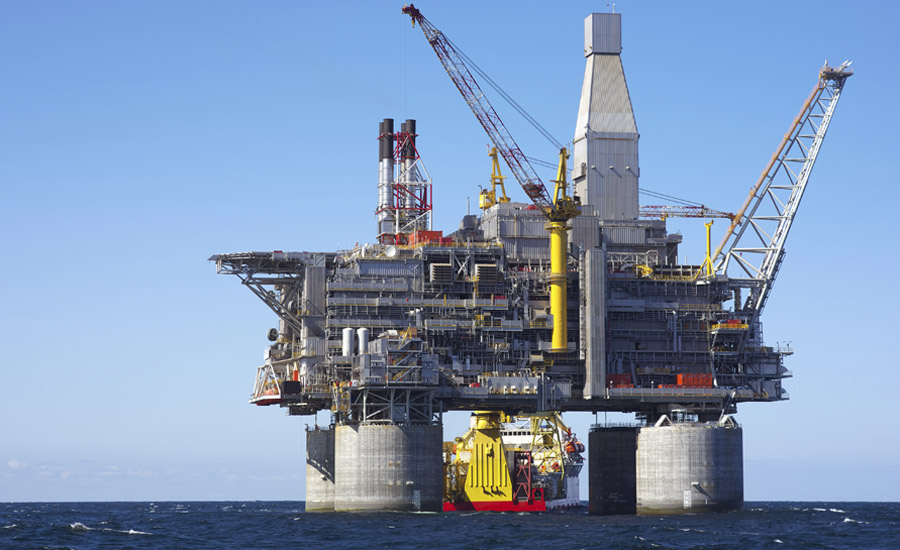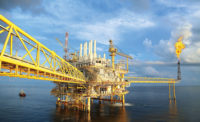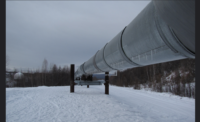Oil and gas industry workers face high H2S concentrations on rigs

More than half a million of the U.S. population works in the oil and gas industries. These workers are exposed to hazardous working conditions most of the time. Though many companies are taking responsible steps to eradicate all possible dangers in the oil and gas rigs, there are many fatalities that have become a part of the industry now. The injuries caused by the oil and gas rigging activities are far more severe and take much more time to recover from as compared to the other sectors of the industry.
Looking at the severity of such accidents, rigging companies are playing their part to mitigate risks by manufacturing quality rigging equipment that are much safer and easier to use.
Most of the rigging injuries occur due to varied reasons such as, carelessness and recklessness of the workers, misuse of equipment, not using proper safety equipment, failure to provide proper training and delaying the repair or replacement of rigging equipment.
Chemical risks are common on oil rigs. Many of the drilling and oil processing plants diffuse extremely hazardous chemicals into the atmosphere most of the time. Prolonged exposure to toxic and volatile, chemicals and fumes can cause respiratory as well as major brain problems to the workers. Most of the oil rigs release high concentrations of H2S (Hydrogen sulfide). Pipeline operator and crude oil shippers face maximum risks caused by dangerous levels of H2S. It can cause paralysis, leukemia and other cancers or even death.
Other side effects of toxic exposure that have been reported are headaches, nausea, dizziness, eye and skin irritation and chemical burns. This is the reason it is important that proper eye, face and respiratory protection masks are used on rigs.
Source: OilPro
Looking for a reprint of this article?
From high-res PDFs to custom plaques, order your copy today!








